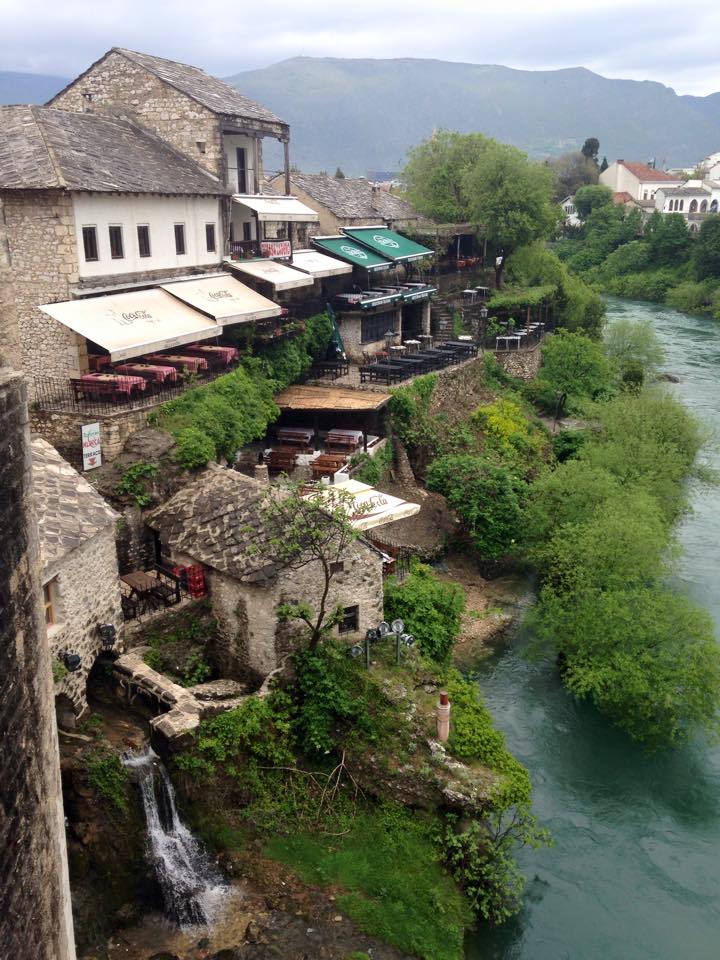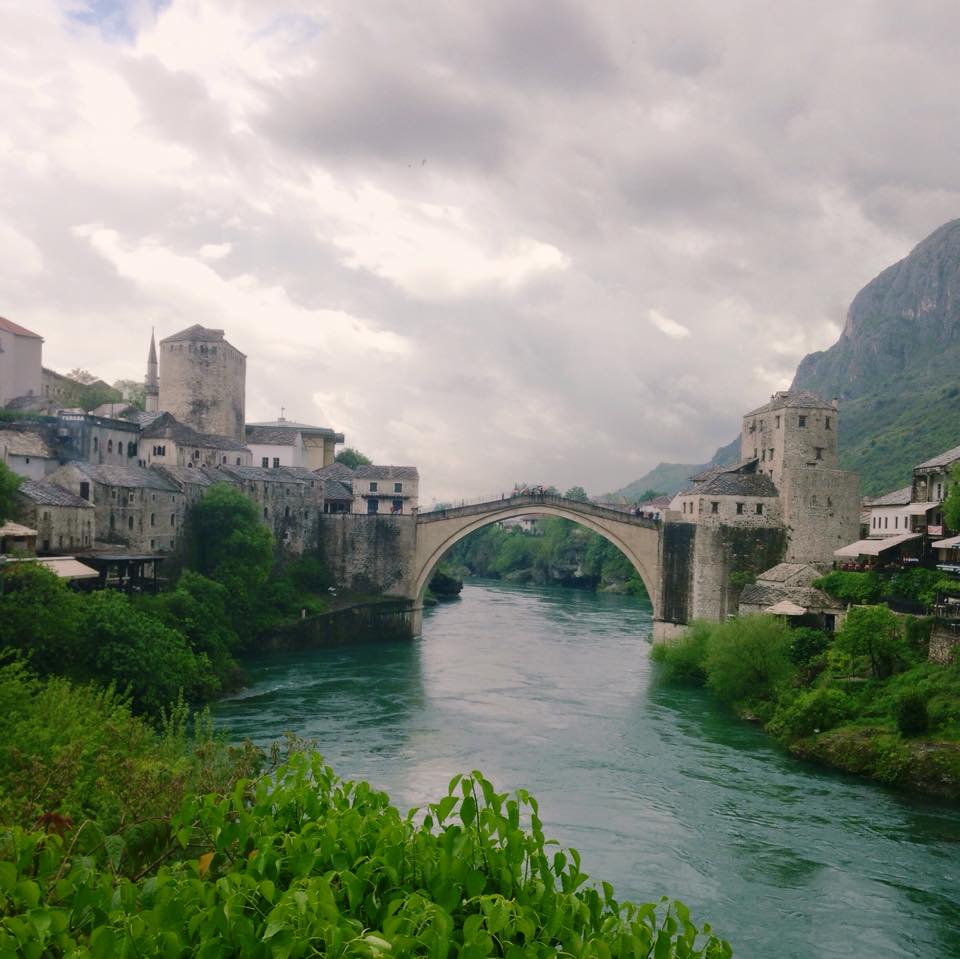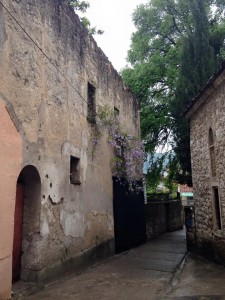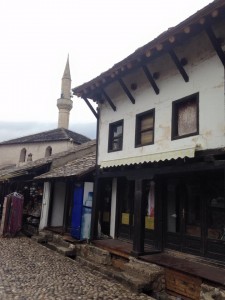When you think “spring break”, your mind quickly jumps to Panama City, Cancun, Santorini or Ibiza-- anywhere with sand, sun and sangria. Bosnia and Herzegovina doesn’t come to mind as a top ten spring break destination.
When you think of Bosnia and Herzegovina, you think of war. In the 1990s, the region that was once Yugoslavia was plunged into bloody chaos after the collapse of its communist government. Your mind jumps to refugees, ruthless generals with large black mustaches, Kalashnikovs and the atrocities of ethnic cleansing. You don’t think ultimate vacation destination.
I spent my spring break in Croatia, another ex-Yugoslav country whose long, beautiful coast has been more open to tourism than its eastern neighbor. Splitting my week between Split (get it?!) and Zadar, I sea kayaked, cliff jumped and took a sunset sailing cruise to an island. It was everything a spring break should be; we even had a villa with palm trees and a private sliver of beach. But I wanted to do more than just lie on a beach all day. I could do that at home. I wanted to venture off the beaten tourist path. I wanted to learn something. So, at seven o’clock in the morning on a Tuesday in April, I boarded an ancient bus to Bosnia and Herzegovina.
 |
| View of the Neretva riverbank. |
The city of Mostar is the cultural hub of the Herzegovina region. Its Old Town- the touristic center- boasts some of the most impressive examples of Islamic architecture in the Balkans, as it was once part of the Ottoman Empire. The famous Stari Most, or Old Bridge, built in the 16th century by Suleiman the Magnificent, is a UNESCO World Heritage site. Local daredevils collect money from tourists and dive off of the 66 foot structure.
 |
| Stari Most, built in 1566, was destroyed in 1993 during the war. It was rebuilt using traditional materials and building methods. |
But the bridge that stands today was built in 2004. The real, four centuries old bridge was destroyed in 1993. In fact, a large portion of the city was destroyed that year. That was when the war was particularly rough for Mostar, when it was subject to a 10 month turf war between Croat and Bosniak forces. The city was shelled and many of its inhabitants, expelled from their homes, were killed. Croat forces were later accused of war crimes and crimes against humanity after their actions in Mostar. The city was one of the most brutal theatres of the war: in some ways, even worse than Sarajevo.
The scars of war are everywhere in Mostar. Every other building façade is peppered with bullet holes with giant chunks missing from mortar fire. Every every other building is a blackened, bombed out shell. There are cemeteries where all the tombstones read 1993. Signs that scream “Don’t forget” in multiple languages dot the landscape.
 |
| On the left: One of the ruined buildings. You can see bullet holes by the archway. But you can also see the lilac growing in the window. |
It’s hard to forget the war. It’s burned in the memories of most in Mostar, save for the teenagers too young to remember and the children. It was only 20 years ago. But remembering the war doesn’t mean living in its shadow. Flowers grow in empty windows. Rebuilt mosques issue the call to prayer five times a day. Tourist shops line the streets of the Old Town. They sell postcards, matryoshka nesting dolls, and war souvenirs: Yugoslav helmets, medals, pins, and artwork carved into bullet casings. It’s an odd mix, but for Mostar, it’s normal. It’s making the best of the situation you’re in. Doing what you can with what you have. A necessity during times of war, now a way to make trinkets to sell to Asian tourists.
 |
| A view of a minaret from one of the beautiful streets of the Old Town. |
In a souvenir shop, I turned one of the bullet casings around in my hand tenderly. Maybe it was the way I treated it with cautious care, or my Eastern European features, but the shopkeeper smiled and spoke to me in Hvartski. She mistook me for a Bosniak: a Muslim Bosnian. Her eyes were sad and knowing, as if to say “it’s still painful, isn’t it?” But her smiled said “but it’s better now, we must count our blessings.” Maybe she was just telling me how much it was, I don’t know. But it stuck with me.
It was the beauty of resiliency.
Elizabeth Manovill is the Spring 2015 CEA MOJO Blogger in Aix-en-Provence, France. She is currently a junior at The University of Dayton.







